



New Rural Developments – small villages & rural areas
Small Town Extensions – around small towns
Urban Extensions – city outskirts
Densification – inner-city builds
5/n

New Rural Developments – small villages & rural areas
Small Town Extensions – around small towns
Urban Extensions – city outskirts
Densification – inner-city builds
5/n


@amritakulka.bsky.social l and I analysed 20 billion housing searches + availability to map demand at a hyper-local level.
Map 👉 wheretobuild.warwick.ac.uk
Full + 350 LA reports 👉 www.warwick.ac.uk/cage/whereto...
@cagewarwick.bsky.social
1/n

@amritakulka.bsky.social l and I analysed 20 billion housing searches + availability to map demand at a hyper-local level.
Map 👉 wheretobuild.warwick.ac.uk
Full + 350 LA reports 👉 www.warwick.ac.uk/cage/whereto...
@cagewarwick.bsky.social
1/n

Good to see coverage of mine and Johannes Brinkmann's @cagewarwick.bsky.social on the RTFO. Here's a nice graph showing the benefits...

Good to see coverage of mine and Johannes Brinkmann's @cagewarwick.bsky.social on the RTFO. Here's a nice graph showing the benefits...
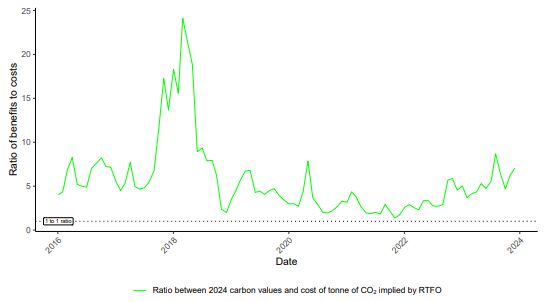
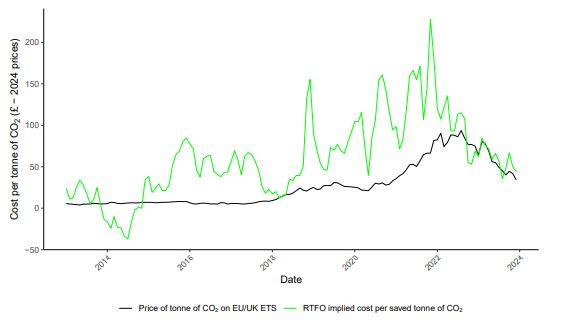
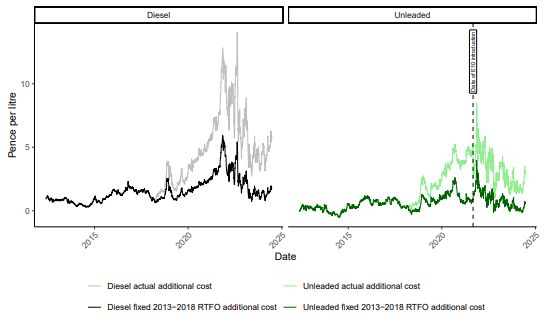
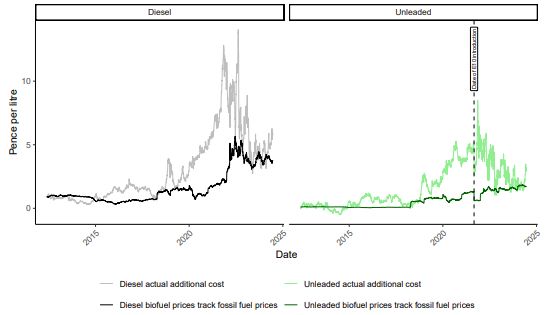
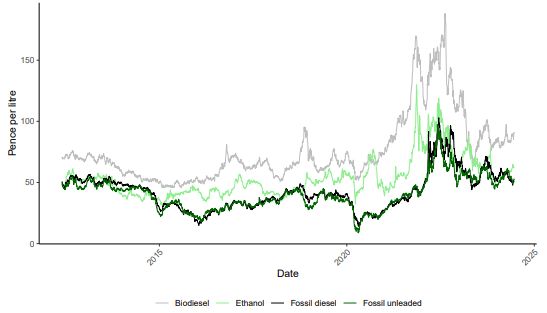
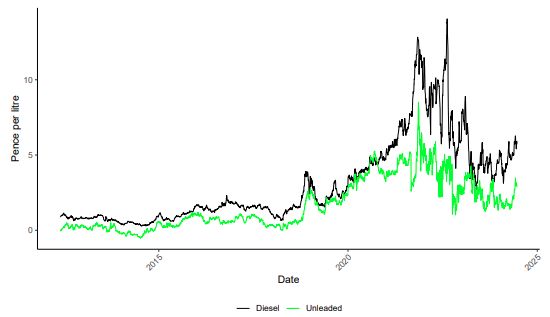
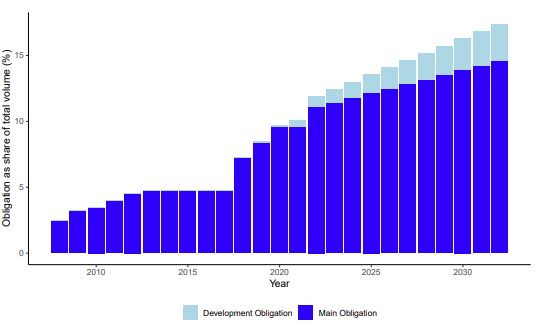
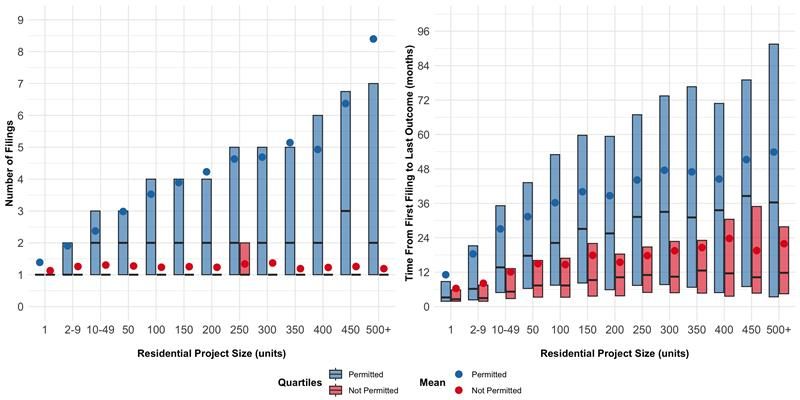
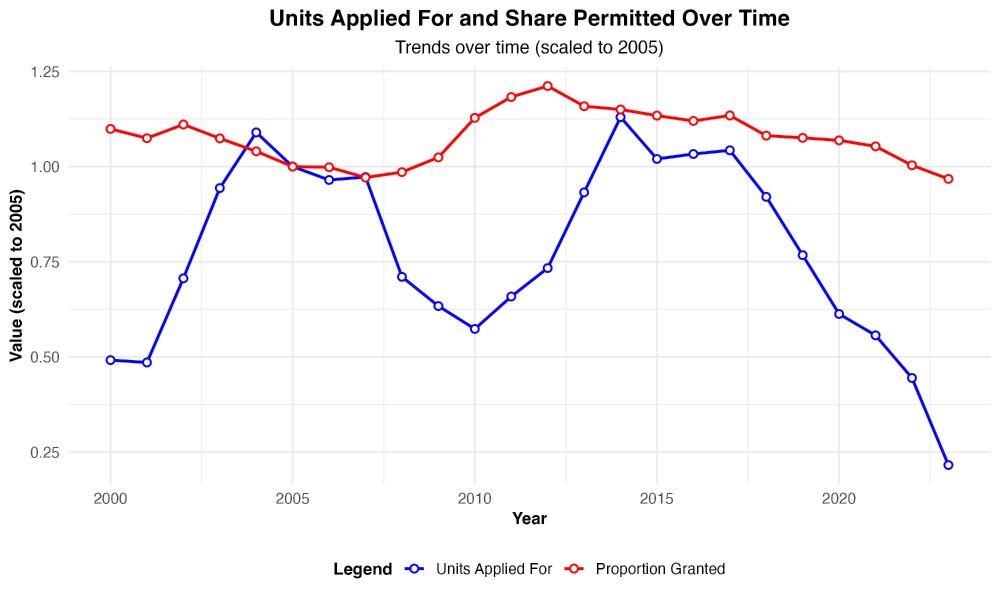
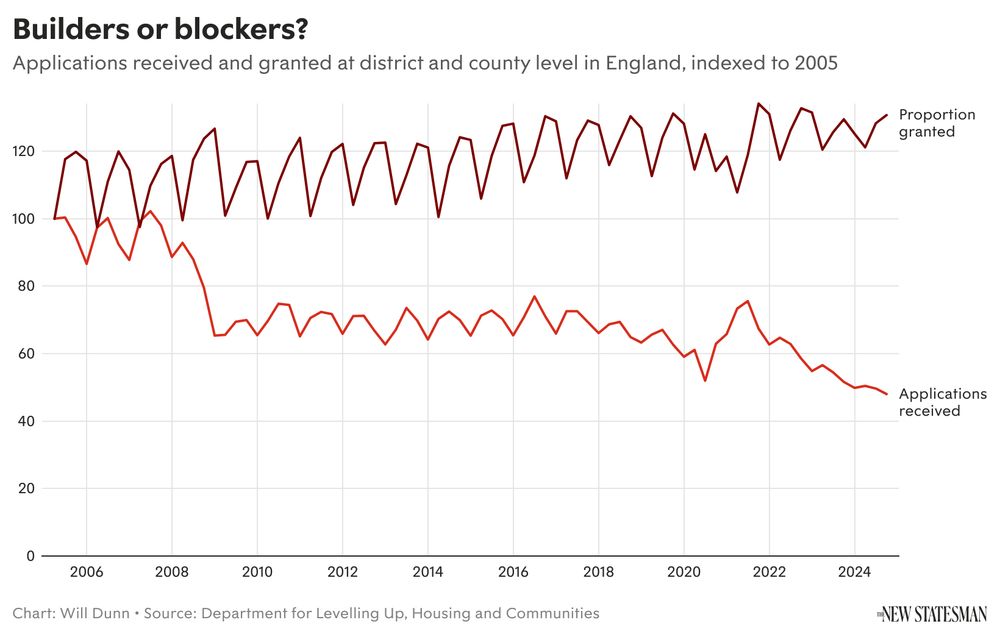
Research from Jan David Bakker, @joshdelyon.bsky.social , @richarddavies.bsky.social and myself.
You can read the paper here: tinyurl.com/27vjakwa
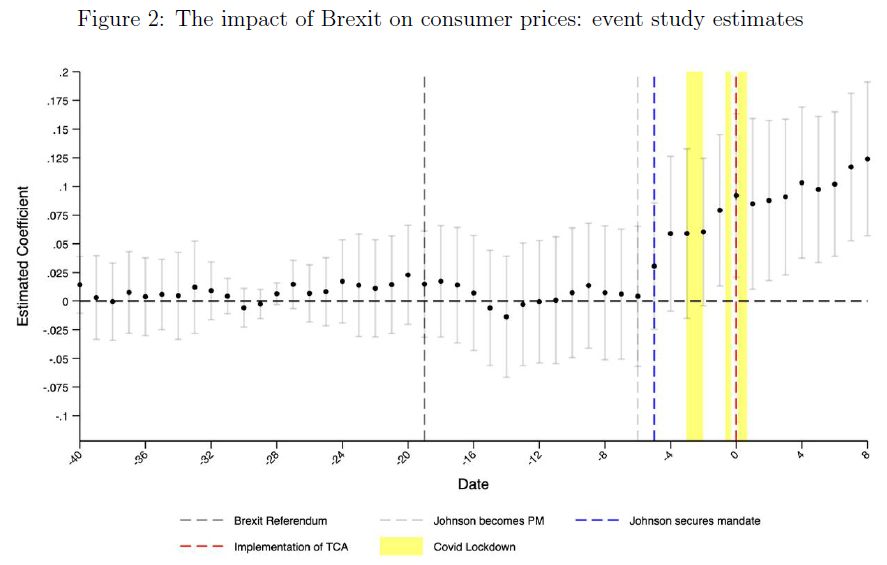
Research from Jan David Bakker, @joshdelyon.bsky.social , @richarddavies.bsky.social and myself.
You can read the paper here: tinyurl.com/27vjakwa








